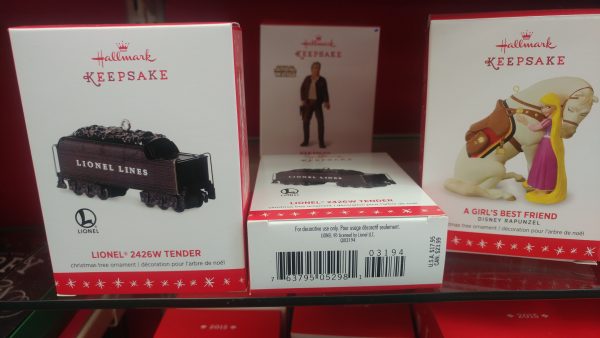I recently took a trip and made sure I checked out a few stores to source product for retail arbitrage. While I was out researching, it reminded me to write about how to find the best product to retail arbitrage.
It’s really simple because if we think at a higher level of how a store operates, this will all make sense. The “ah ha” moment should go off once you read through everything that’s described
The Psychology & Software
It might not be common knowledge, but supermarkets, Walmart and Target included, specifically put things at eye level for quick selling products. This creates a path of least resistance for the customer to buy. Aisle end caps are designed to “pop” to the customer and grab their attention to make purchases.
What many don’t know is that there is planning software called a “planogram” that help businesses design their store shelves. One company’s software that I’ve worked on (JDA now owned by Red Prairie) has a planogram system. This article on About is a great resource if you want to learn more about a planogram system. The software is expensive and not all retailers utilize it. My previous employer determined that it was not worth it and allowed the visual merchandising team to make the decisions. My current employer does not seem to be too interested in deploying such a software.
I couldn’t give you a general idea of to expect in a company from their annual sales revenue or market capitalization to know if they use the planogram software or not. I can tell you that it is without a doubt Target, Walmart, and large supermarkets like Kroger and Safeway do use the system. These retailers are trying to reach maximum sales in the fastest amount of time as possible for the inventory turnover. When you retail arbitrage you are doing the same when you select items with the low ranks.
Here are three articles if you want to read some more about it:
- The science that makes us spend more in supermarkets, and feel good while we do it
- The Psychology Behind a Grocery Store’s Layout
- The secrets of our supermarkets
And if you want to listen to a podcast here’s one from Planet Money
Taking It To Retail Arbitrage:
Now that you know how product is placed on a shelf, forget the store’s weekly circular. You want to canvas the store and look at products that are in the optimal location for a sale. Once you look at the products and scan in your Amazon Seller App you should find the product to be ranked decently for retail arbitrage. The issue now lies in the pricing.
As you scan the products, you should notate the regular selling price. This allows you to see what the cost of goods will be like. This will also help you figure out at what price you can buy and sell profitably after the fees. When the product goes on sale, this should be on autopilot to commit to buying or skipping.
Adding More Technology Behind Retail Arbitrage:
In the above, I mentioned that you want to notate the price. That takes too much time to enter it into Amazon while in store. You want to be able to go in and go out as soon as you can.
My technique is to take a surgical approach when sourcing in store capturing UPC, price, and the picture of the front and back of the product after you find something with a good rank.

As you can see the box on the left I would flip around and take the back side or whatever side has the UPC and would do it on the right product as well. This way I can go back home and play around in the Amazon Seller App on my computer to figure out the COGs. I recently spent 2 hours in a particular store looking at products that are in the “hot zone” and taking pictures and found the efforts to be very fruitful.
Do you take a picture of the price so you don’t forget it too?
Yep that’s right this way I can plug it into the Amazon seller app and figure out the ROI